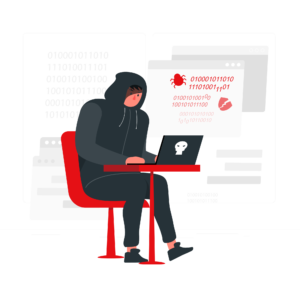What We Do For
Trademark Infringement for Cyber Security
Trademark infringement involves the unauthorized usage of a registered trademark. It’s crucial to recognize that trademark infringement isn’t limited to the use of your company’s name or logo.
You could face accusations of infringing someone else’s trademark by employing any of the following:
What is a Trademark?
A trademark is a word, phrase, symbol, or design, or a combination thereof, that serves to identify and differentiate the source of goods from one party compared to others.
In essence, a trademark not only signifies the origin but also ensures a certain level of quality.
Trademarks can encompass words (e.g., Xerox), letters (e.g., W for Walkman), numbers (e.g., 3M), designs like logos, and even product shapes such as the iconic Coca-Cola bottles.
What is meant by Trademark Infringement?
Trademark infringement is the unlawful utilization of a trademark without authorization. It arises when an individual or entity employs a trademark without the consent of its owner, potentially leading to customer confusion regarding the origin, sponsorship, or affiliation of products or services.
Trademark infringement constitutes a breach of the law, constituting unfair competition. Consequently, it falls within the purview of criminal law, given that businesses can endure significant losses due to such infringements. A trademark owner retains the right to seek damages and other remedies if they discover any party infringing upon their trademark rights or causing them to suffer financial losses through such actions.
Trademark infringement constitutes a breach of the trademark owner’s rights to prevent others from using identical or similar marks on identical or similar goods. It represents a type of intellectual property infringement, arising when one party utilizes a trademark owned by another in a manner likely to confuse consumers. As a result, consumers may erroneously believe that the unauthorized product or service is manufactured by, sponsored by, or otherwise associated with the trademark owner.
Direct Infringement
Using an identical or nearly identical mark on the same or similar goods or services. Example: A company selling shoes under the brand name 'NIKE' without authorization from Nike Inc.
Indirect Infringement
Contributing to or inducing infringement by others. Example: A website that sells counterfeit goods bearing a trademark.
Trademark Dilution
Weakening the distinctiveness of a famous mark, even if there is no likelihood of confusion. Example: Using a famous brand name like 'Coca-Cola' to sell unrelated products, such as toilet paper.
Frequently Asked Questions
There are No Stupid Questions, Ask Away, We’re All Ears
- To prove trademark infringement, you must demonstrate that you have a valid and enforceable trademark, that the alleged infringer is using a similar trademark without authorization, and that this unauthorized use is likely to cause confusion among consumers.
Benefits
The courts have laid down the following test
A person can be held liable for indirect infringement if he
- intentionally induces another person(s), whether directly or indirectly, to infringe;
- knowingly receives an infringing service from another person(s);
- enters into an arrangement with one or more persons regarding activities of common interest including facilitating specific acts of direct infringement;
- acquires an ownership interest in all assets used directly or indirectly in providing services that result in direct infringement
- contributes materially without claiming any right against those services which resulted directly infringe on another party's rights
- conspires with one or more persons who commit acts of violation for any purpose including commercial advantage or financial gain.

- Enquire Now
Why The Owl Eye?
Procedure of Filing Suit for Trademark Infringement

- Gather Evidence
- Cease and Desist Letter
- Consult an Attorney
- Choose Jurisdiction
- File a Complaint
- Serve the Complaint
Copyright 2023 by The Owl Eye Solutions. All Right Reserved

